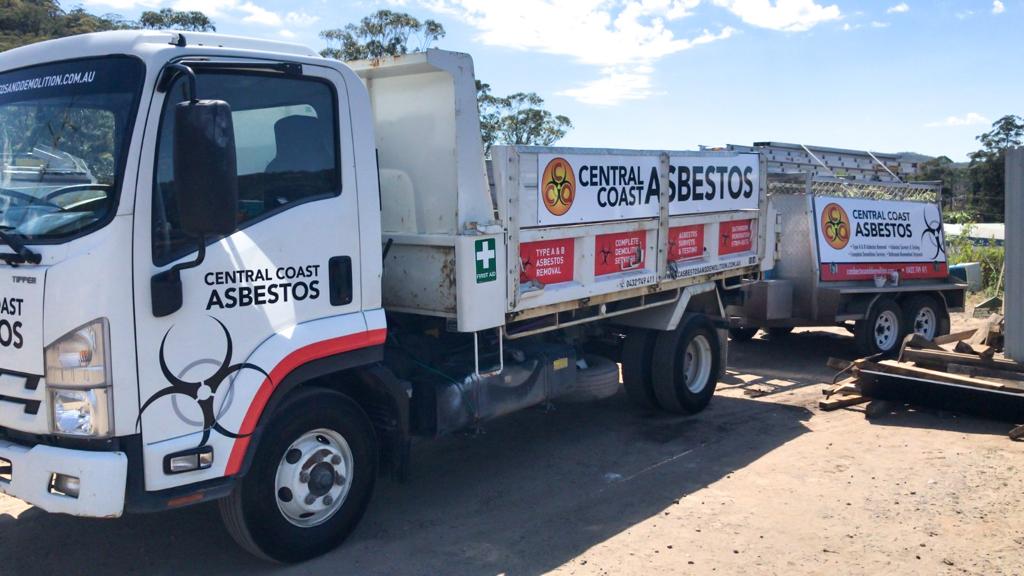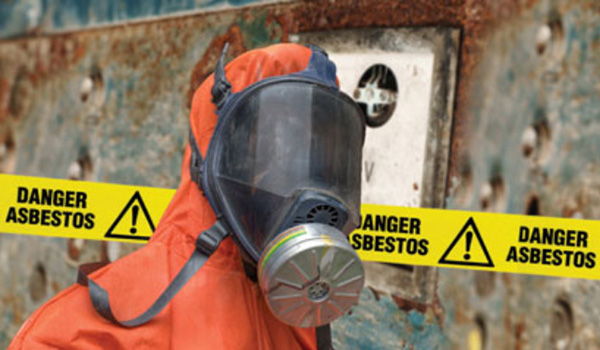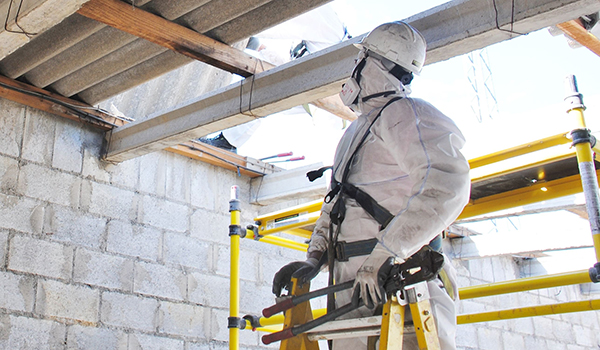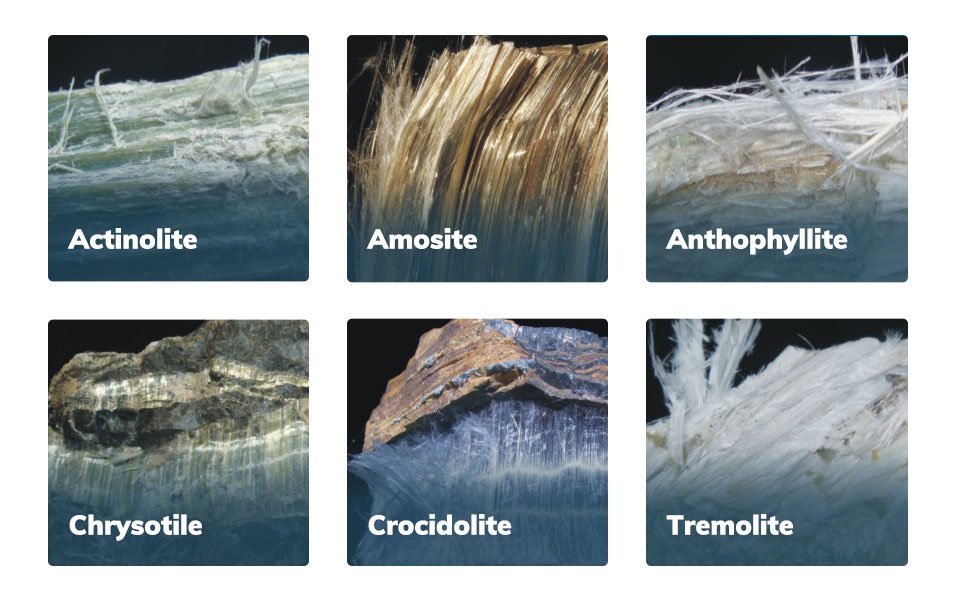Asbestos removal central coast
Removal of Friable & Non-Friable Asbestos for the Residential & Commercial Sectors Quote RequestAsbestos Removal & Disposal
Central Coast Asbestos and Demolition is centrally located to cater to Newcastle, Sydney, and the Central Coast. Our many satisfied clients are from all sectors including – Residential – Commercial and Industrial. Our highly motivated, trusted, and qualified team of asbestos removal contractors have many years of combined experience and are able to offer outstanding service at an affordable price.
We pride ourselves on safety, efficiency and customer satisfaction.
Strict safety precautions must take place when removing asbestos, to avoid exposure to your family and long-term illness. Only trained professionals have the ability to properly identify asbestos and products that contain asbestos.
What We Offer
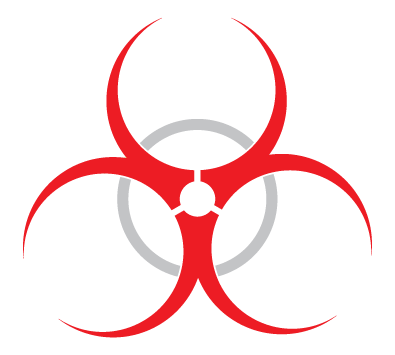
Asbestos Removal
Friable & Non Friable Asbestos Removal

Emergency make safes
Following fire damage or weather events

Encapsulation Services
Asbestos & Hazardous Material Encapsulation

Asbestos Disposal
Safe, Affordable & Reliable Disposal of Asbestos

NATA Accredited Asbestos Testing
Australian Standard Asbestos Testing

Asbestos Surveys and Registers
Safe, Efficient Identification & Classification of asbestos

Asbestos Management Plans
Complete Management & Control Systems

Asbestos Soil Classification
Safe, Efficient Soil Classification Services

Asbestos Air Monitoring
Exposure monitoring of airborne Asbestos fibres

Clearance Certificates
To ensure compliant removal of Asbestos
asbestos facts
What is Asbestos?
Asbestos is a naturally-occurring fibrous silicate mineral. It was considered a versatile product, because it is able to withstand heat, erosion and decay and has fire and water resistant properties.
It becomes a health risk when asbestos fibers are released into the air and breathed in. Asbestos building materials is described as either “non-friable” or “friable“.
Non-Friable asbestos is any material (other than friable asbestos) that contains asbestos. Non- friable asbestos cannot be crumbled, pulverised or reduced to a powder by hand pressure when dry.
Common uses for non-friable asbestos in buildings include: flat (fibro), corrugated or compressed asbestos cement sheets; water, drainage and flue pipes; and floor tiles.
If fire, hail, or direct activities such as water blasting and drilling damages bonded asbestos, it may become friable asbestos material
Friable asbestos material is any material that contains asbestos and is in the form of a powder or can be crumbled, pulverised or reduced to powder by hand pressure when dry.
Friable asbestos was not commonly used in the home; it was mainly used in industrial applications such as pipe lagging, sprayed limpet and asbestos cloth and rope.
Friable asbestos can only be removed by a licensed asbestos removalist with a friable asbestos licence.
Asbestos in the home
Approximately one third of all homes built in Australia contain asbestos products.
As a general rule, if your house was built before the mid-1980s, it is highly likely that it would have some asbestos containing materials. If your house was built between the mid-1980s and 1990, it is likely that it would have asbestos containing materials.
f your house was built after 1990, it is unlikely that it would have asbestos containing materials.
The use of ACMs in the home has been extensive and there are many areas in the home where ACMs can be found including (but not limited to):
- Roof sheeting and capping – Guttering – Gables, eaves/soffitswater pipes and flues
- Wall sheeting (flat or a weatherboard style – Vinyl sheet flooring
- Carpet and tile underlays – Zelemite backing boards to the switchboards
- Flexible building boards – Imitation brick cladding
- Fencing – Carports and sheds – Waterproof membrane
- Telecommunications pits – Some window putty – Expansion joints
- Packing under beams – Concrete formwork
Asbestos in the home
Approximately one third of all homes built in Australia contain asbestos products.
As a general rule, if your house was built before the mid-1980s, it is highly likely that it would have some asbestos containing materials. If your house was built between the mid-1980s and 1990, it is likely that it would have asbestos containing materials.
f your house was built after 1990, it is unlikely that it would have asbestos containing materials.
The use of ACMs in the home has been extensive and there are many areas in the home where ACMs can be found including (but not limited to):
- Roof sheeting and capping – Guttering – Gables, eaves/soffitswater pipes and flues
- Wall sheeting (flat or a weatherboard style – Vinyl sheet flooring
- Carpet and tile underlays – Zelemite backing boards to the switchboards
- Flexible building boards – Imitation brick cladding
- Fencing – Carports and sheds – Waterproof membrane
- Telecommunications pits – Some window putty – Expansion joints
- Packing under beams – Concrete formwork
Dangers of Asbestos?
- You must observe safety precautions when removing or working with asbestos, otherwise you risk exposing yourself and your family to long-term health risks
- There is no safe level of exposure to asbestos fibres!
- If asbestos is disturbed it can release dangerous fine particles of dust containing asbestos fibres
- Breathing in dust containing asbestos fibres can cause asbestosis, lung cancer and mesothelioma
- Mesothelioma is a cancer which most often occurs in the lining of the lung. There is no cure
- The rates of malignant mesothelioma (an incurable cancer) are expected to rise from 2012 to 2020
- The risk of contracting asbestos related diseases increases with the number of fibres inhaled and the length of time that you inhaled asbestos fibres (number of years exposed)
- The risk of lung cancer from inhaling asbestos fibres is greatly increased if you smoke
- Symptoms of asbestos dust related diseases do not usually appear until about 20 to 30 years after the first exposure to asbestos
- The average time between exposure and developing mesothelioma is about 45 years
Dangers of Asbestos?
- You must observe safety precautions when removing or working with asbestos, otherwise you risk exposing yourself and your family to long-term health risks
- There is no safe level of exposure to asbestos fibres!
- If asbestos is disturbed it can release dangerous fine particles of dust containing asbestos fibres
- Breathing in dust containing asbestos fibres can cause asbestosis, lung cancer and mesothelioma
- Mesothelioma is a cancer which most often occurs in the lining of the lung. There is no cure
- The rates of malignant mesothelioma (an incurable cancer) are expected to rise from 2012 to 2020
- The risk of contracting asbestos related diseases increases with the number of fibres inhaled and the length of time that you inhaled asbestos fibres (number of years exposed)
- The risk of lung cancer from inhaling asbestos fibres is greatly increased if you smoke
- Symptoms of asbestos dust related diseases do not usually appear until about 20 to 30 years after the first exposure to asbestos
- The average time between exposure and developing mesothelioma is about 45 years
Call in the experts
Australia has one of the highest rates of Asbestos related disease in the world. Strict safety precautions must take place when removing asbestos, to avoid exposure to your family and long-term illness. Only trained professionals have the ability to properly identify asbestos and products that contain asbestos.
If in doubt – Don’t cut it!
Don’t drill it!, Don’t drop it!, Don’t sand it!, Don’t saw it!, Don’t scrape it!, Don’t scrub it!, Don’t dismantle it!, Don’t tip it!, Don’t waterblast it!, Don’t demolish it!, And whatever you do… Don’t dump it!
Seek our advice as we are trained in identification and safe removal.
our simple process
Contact Us
Simply phone or email us to get started today. We can arrange quotes via email using our online contact form to speed up the process.
Quick Quote
We will aim to assess your site requirements and provide a detailed quotation without delay. We will email this to save time.
booking
We will make necessary arrangements and complete all required permits and compliance related matters before booking a start time.
Commence
With all safety matters addressed work will commence on site. Our team are all fully licensed and insured.
Finalise
All work will be completed in accordance with Australian Standards. Appropriate Clearance Certificates will be issued if applicable.

